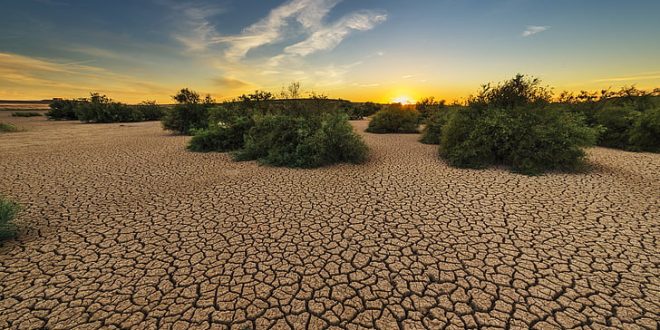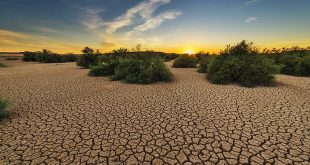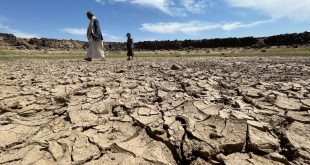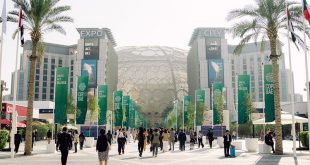By: Abdulrahman Abotaleb
Since this planet, where we live in, has been created, it holds many inherent resources to sustain all kinds of life on it. There are many natural resources on the Earth such as air, water, forests , oceans, rivers, mountains and so on. All natural resources have been kept away of human interference since the beginning of life but not anymore.
During the last two centuries, the human put his finger adversely in the natural life cycle on this Earth . The industrial revolution which started in 19th century has changed everything around us. Unfortunately, the human being becomes the worse thing can threaten the life on this planet. Nowadays, most of people are familiar with many types of natural resources crisis’s like global warming, climate change, air contamination, water pollution, wild life extinction and dryness.
Among of these resources problems, the water crisis stands as the most critical problem that we face now. Although the water covers 71% of the ground, it is not useful. The world faces a potential war in the future because of water.
A new American research indicates that the war might arise in Middle East and south of Asia because of water by 2040. The boundaried-countries in these regions have a remarkable fighting history about controlling water resources. For example, the conflict between Syria with Iraq and Turkey where these two Arab countries claim that Turkey tries to control the Dijla river which comes from Turkey then pass through Syria and Iraq. As same as, the recent political crisis between Egypt and Ethiopia because of the huge dam that Ethiopia builds which will negatively impact on the Nile river in Egypt causing kind of dryness for the Egyptian cultivation lands and also a problem in producing electricity where Egypt relies on Nile to produce the power. Also, how Israel contaminates the water of Lebanese Litany river and the Jordan river.
This is one side of water’s problem. Water might be used as a weapon in struggling phase in the future. Because of that, the Blue Peace initiative has been announced to help the neighbor countries which share the same resources of water to find a way to manage that resources by consensus.
The other, most darkness, side of water problem are the shortage and pollution. Unfortunately, this is the problem that we face here, in Yemen. The level of underground reservoir of water in Sanaa goes down and down year by year and Sanaa has been threatened to be the first capital city in the world faces crisis of dryness. Besides that, a science researches made by government and some other related organizations say this reservoir is contaminated. This is not the end of the crisis. Despite the shortage of water in Yemen, more than 80% of water used to irrigate the farms of Qat. Qat is a harmful plant classified as a kind of drugs in many countries, Yemen is not one of them. Sanaa now is the capital city of the country, probably not for long time in the future. Who knows? Maybe the history repeats itself and the Yemeni people will migrate and leave their land seeking for water exactly as what their ancient nation did after destruction of Marib dam thousands of years ago.
 الشبكة اليمنية للعلوم والبيئة (يمن ساينس) موقع يهتم بأخبار العلوم والتكنولوجيا والصحة والبيئة والسكان
الشبكة اليمنية للعلوم والبيئة (يمن ساينس) موقع يهتم بأخبار العلوم والتكنولوجيا والصحة والبيئة والسكان





